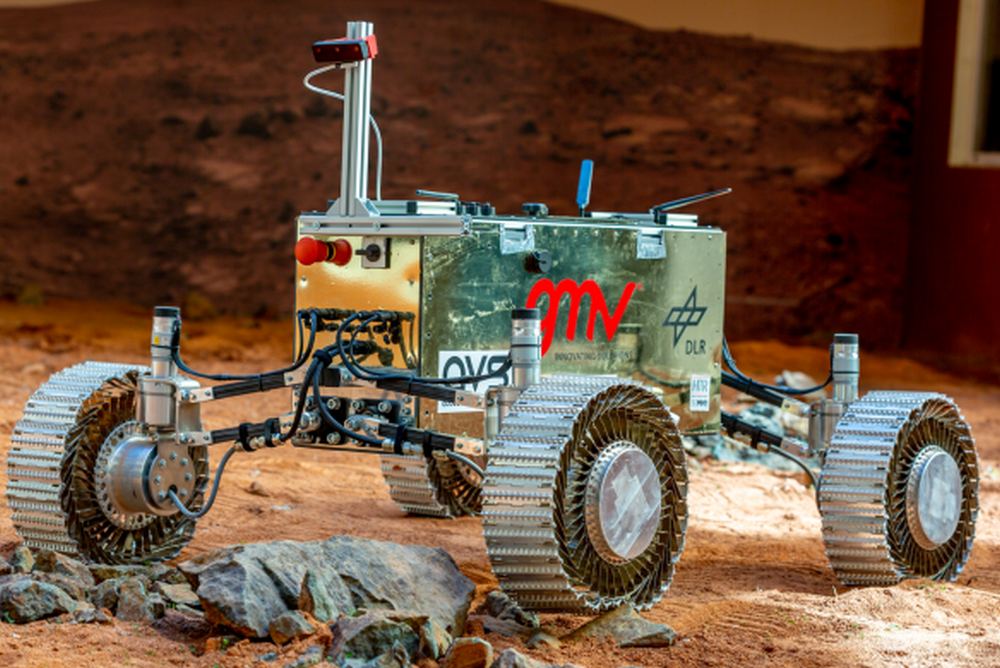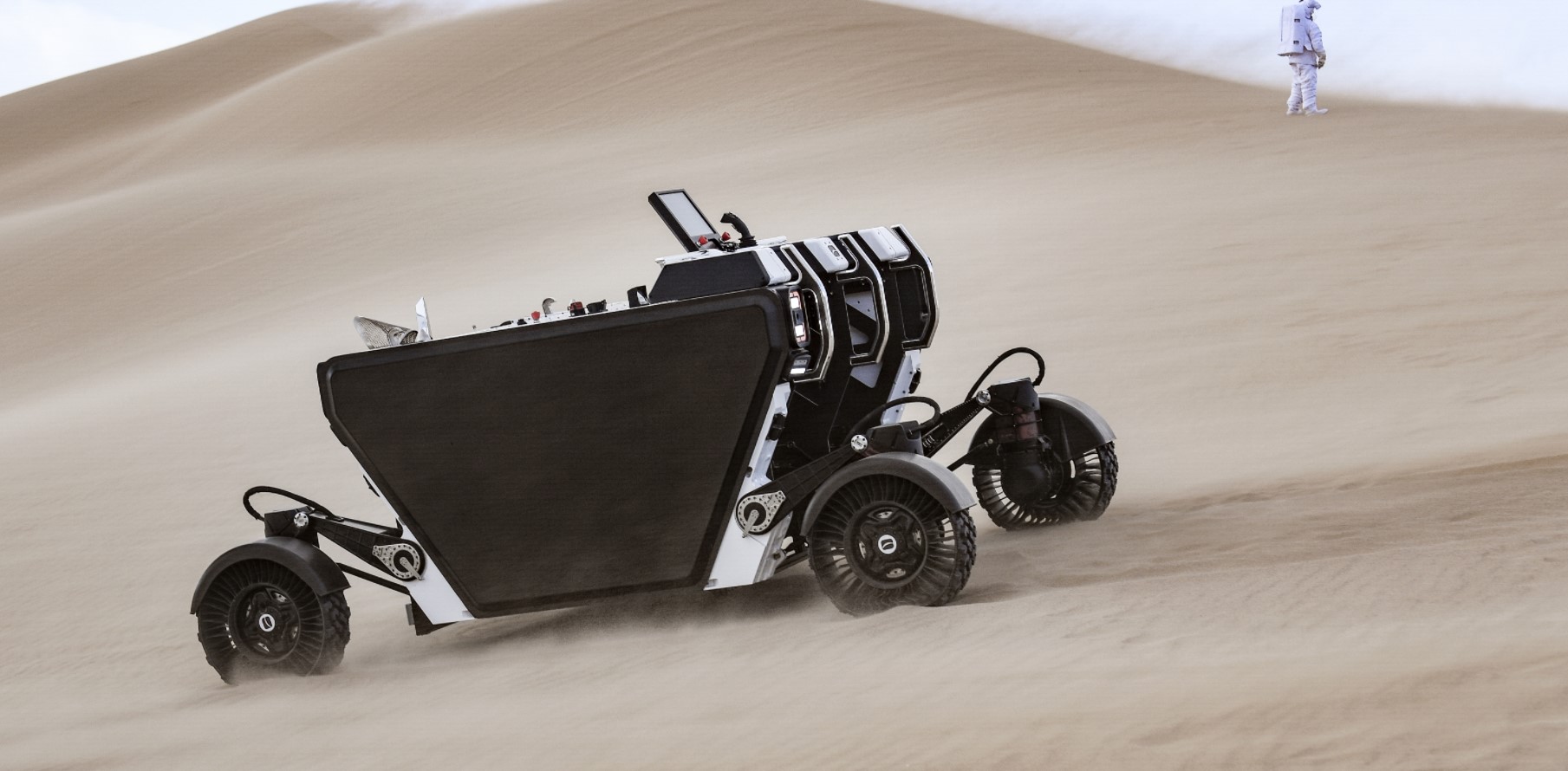The Moon is a tough place to survive, and not just for humans. The wild temperature extremes between day and night make it extremely difficult to build reliable machinery that will continue to operate. But an engineering team from Nagoya University in Japan have developed an energy-efficient new way to control Loop Heat Pipes (LHP) to safely cool lunar rovers. This will extend their lifespan, keeping them running for extended lunar exploration missions.
Continue reading “A New Way to Survive the Harsh Lunar Night”A New Way to Survive the Harsh Lunar Night










